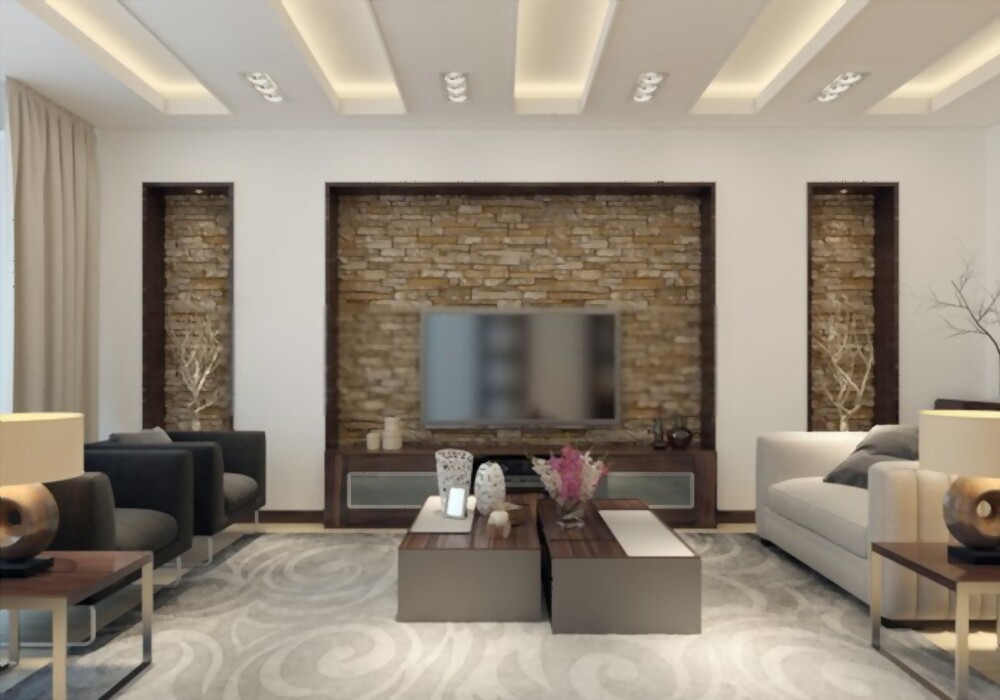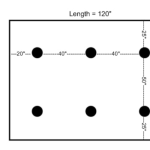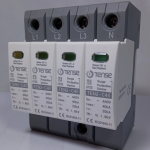
Lighting
Lighting plays very important role for the beauty, ambiance and atmosphere of any premises. It involves many layers as per their application and purpose. There are different types of lighting as per their usage in a room.
Layers of Recessed Lighting Design
During design for the room lighting, consider it as three separate layers:
- General Lighting
- Task Lighting
- Accent Lighting.
Take a start by considering the purpose of the room. What activities will the occupants be performing, and which lighting layers would be beneficial for them?
General Lighting
Each room needs general lighting to provide overall uniform light for the room. Its purpose is to give you control over the ambient light in the room, day or night.
1. Determine the number of lights which are appropriate for the room.
2. Based on the number of lights, decide on a layout (pattern) means the scheme of arrangement of lighting fixture in the room.
3. Decide where and how you’d like to control the the lighting.
4. Choose the type of lighting fixtures that you plan to use.
Task Lighting
If an area in the room would benefit from additional overhead lighting, consider adding task lights in addition to the general lighting. Examples would be above a kitchen sink or island, above a desk in a home office, or above a reading chair in the corner of a room. Task lights should be controlled by their own switch separate from the general lighting whenever possible.
Accent Lighting
The unobtrusive design of recessed lights makes them ideal for accent lighting. If appropriate for the room, choose one or more focal points such as artwork or architectural features to highlight. Niches and soffits are great places to install accent lights, and can provide a whole new feel to a room. Accent lights should also be controlled by their own switch. You can use this page for help with accent light placement.


